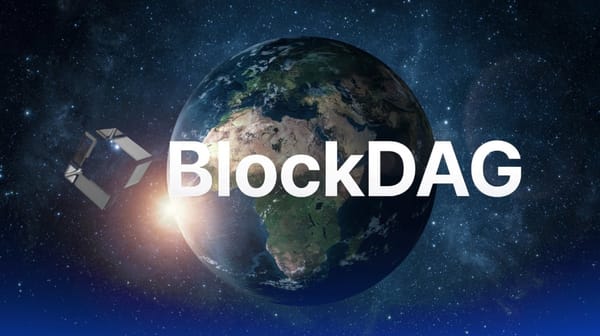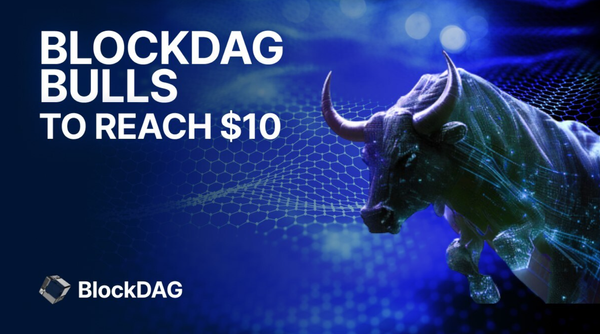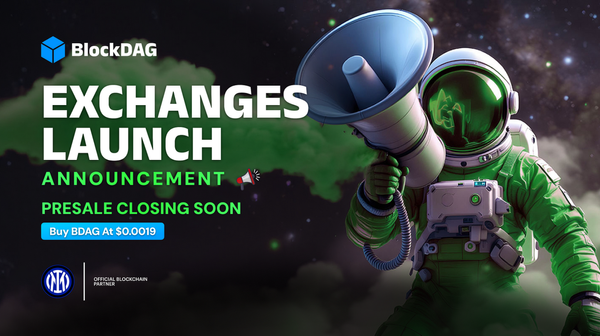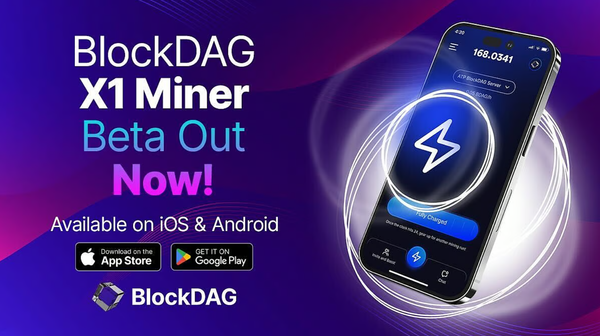Kaspa and BlockDAG: The Future of Scalable Blockchain Technology
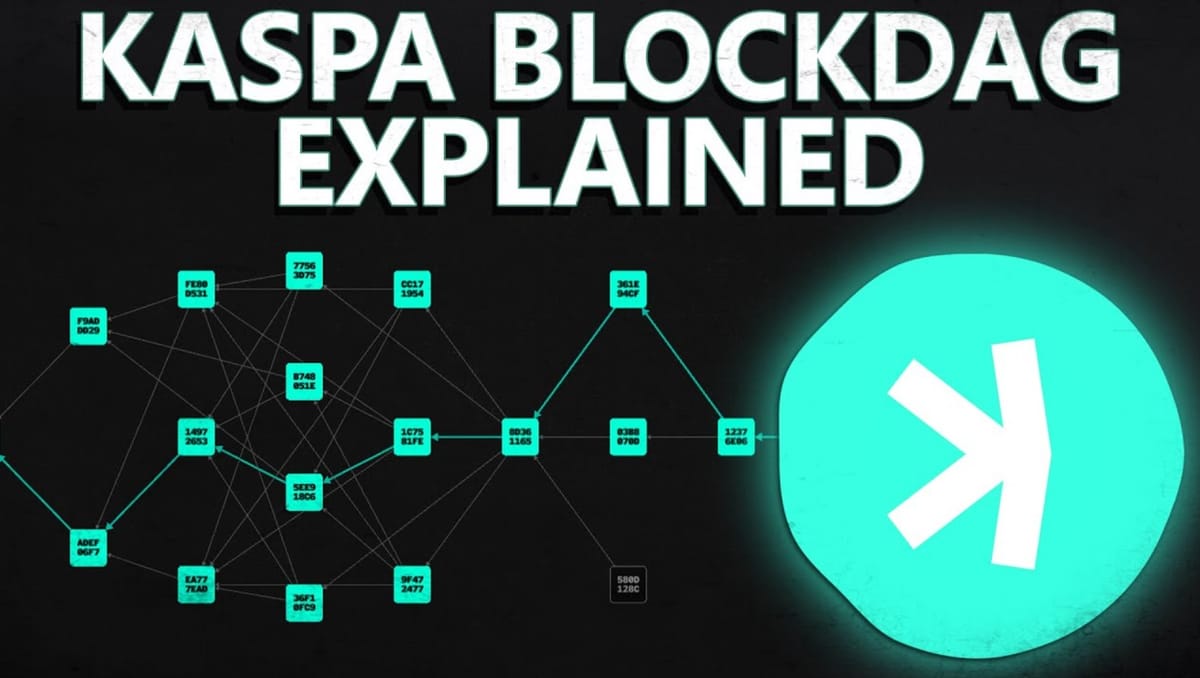
The blockchain industry is evolving rapidly, with an increasing demand for scalable, decentralized, and secure networks. Traditional blockchain systems like Bitcoin and Ethereum face scalability limitations due to their linear structure. However, Kaspa and BlockDAG (Directed Acyclic Graph) technology are revolutionizing the landscape, promising a more efficient and scalable future.
In this article, we’ll explore how Kaspa and BlockDAG technology work, their advantages over traditional blockchains, and why they represent the future of blockchain scalability.
What is Kaspa?
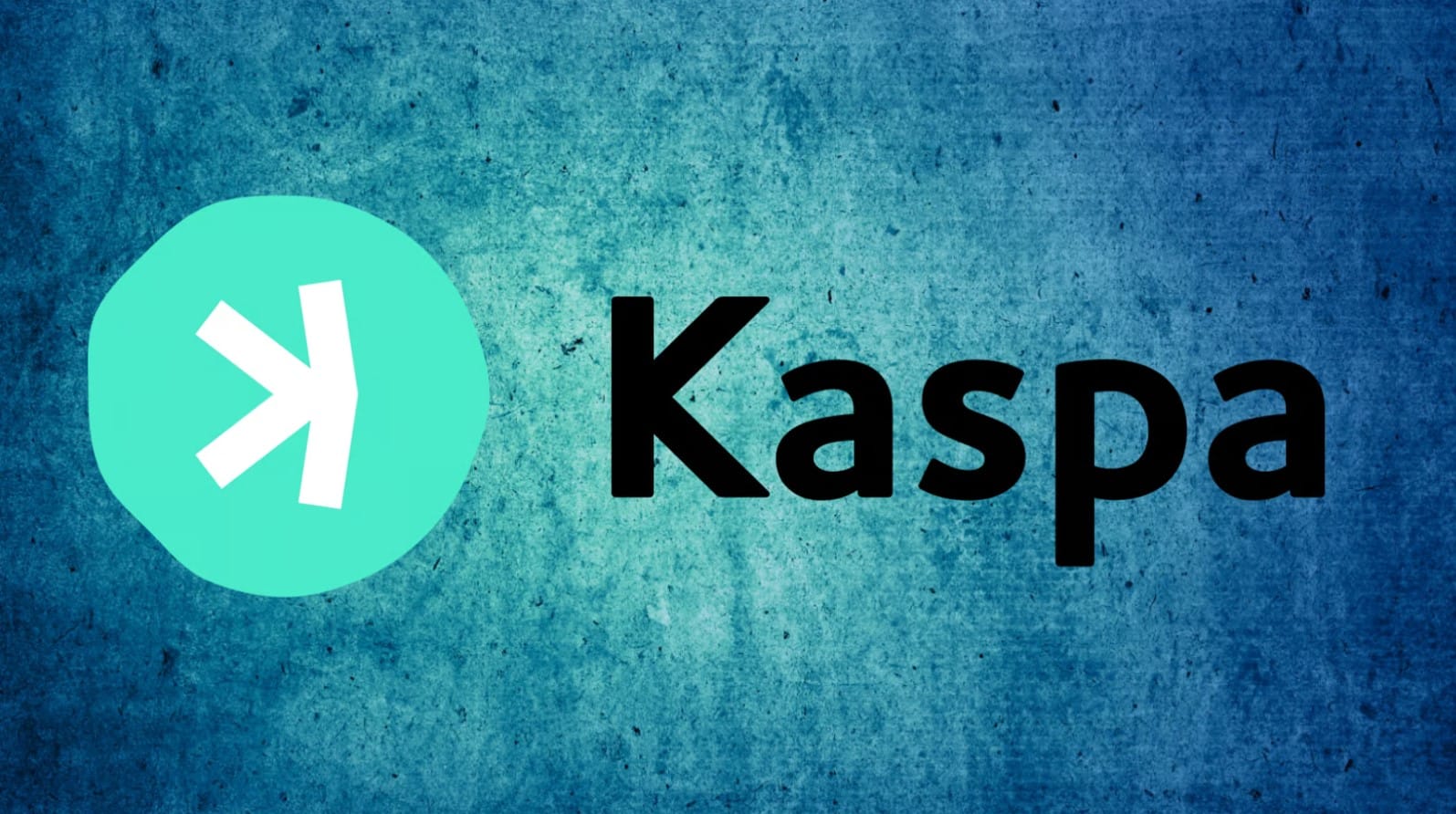
Kaspa is an innovative blockchain network that utilizes BlockDAG technology instead of the conventional blockchain structure. It is designed to offer high throughput, fast confirmation times, and robust security, making it one of the most promising blockchain solutions.
Key Features of Kaspa
- BlockDAG Architecture: Unlike traditional blockchains, Kaspa allows multiple blocks to be created and confirmed simultaneously.
- Instant Transactions: It supports near-instant transaction confirmations with minimal delays.
- Decentralization & Security: Maintains decentralization while preventing centralization threats.
- Scalability: Efficiently handles large transaction volumes without bottlenecks.
- Energy-Efficient PoW: Uses a Proof-of-Work (PoW) consensus with efficient energy consumption.
Understanding BlockDAG: The Evolution of Blockchain
What is BlockDAG?

A BlockDAG (Block Directed Acyclic Graph) is an advanced blockchain structure that improves upon the limitations of linear blockchains. Instead of following a single chain of blocks, BlockDAG enables multiple blocks to be added in parallel, improving efficiency and scalability.
How Does BlockDAG Differ from Traditional Blockchain?
| Feature | Traditional Blockchain | BlockDAG |
|---|---|---|
| Structure | Linear chain | Multi-branch graph |
| Scalability | Limited | Highly scalable |
| Transaction Speed | Slower due to single-chain bottleneck | Faster with parallel processing |
| Security | Vulnerable to centralization threats | Enhanced decentralization & security |
Advantages of BlockDAG Technology
- Higher Throughput: Supports parallel transaction confirmations, reducing congestion.
- Enhanced Security: Resistant to 51% attacks due to its decentralized nature.
- Faster Block Confirmations: Transactions confirm in seconds instead of minutes.
- Better Network Efficiency: Avoids issues like stale blocks in traditional blockchain networks.
Why Kaspa and BlockDAG are the Future of Blockchain Technology
1. Solving Scalability Issues
One of the biggest limitations of traditional blockchain networks is scalability. As networks grow, transaction times slow down and fees increase. Kaspa’s BlockDAG structure eliminates this issue by allowing multiple blocks to be processed simultaneously.
2. Speed and Low Latency
Kaspa’s high-speed transaction processing allows near-instant confirmations. Unlike Bitcoin’s 10-minute block time, Kaspa processes multiple blocks per second, making it more practical for real-world applications.
3. Improved Decentralization
Many modern blockchain solutions sacrifice decentralization to achieve scalability. Kaspa retains decentralization by ensuring that no single entity gains control over the network.
4. Security Against Attacks
BlockDAG technology prevents 51% attacks, a common vulnerability in Proof-of-Work blockchains. Since blocks are added in parallel rather than sequentially, an attacker would need to control an unrealistic amount of computational power.
5. Efficient Proof-of-Work Mechanism
Kaspa uses an energy-efficient PoW consensus that minimizes environmental impact while maintaining network security. This makes it a more sustainable alternative to traditional blockchains.
Comparing Kaspa and Other Blockchain Technologies
| Feature | Kaspa (BlockDAG) | Bitcoin (Blockchain) | Ethereum (PoS) |
|---|---|---|---|
| Scalability | High | Low | Moderate |
| Transaction Speed | Fast (sub-second) | Slow (10 min block time) | Faster than Bitcoin but limited |
| Security | High (BlockDAG resilience) | Moderate | High |
| Energy Efficiency | Improved PoW | High energy PoW | Energy-efficient PoS |
| Decentralization | Strong | Strong | Moderate (stakers have more control) |
Real-World Applications of Kaspa and BlockDAG
1. Financial Transactions & Payments
Kaspa’s fast confirmation times make it ideal for cross-border transactions and micro-payments, eliminating delays seen in traditional banking systems.
2. Smart Contracts & Decentralized Apps (DApps)
Although Kaspa is currently focused on scalability, future upgrades may integrate smart contract functionalities, making it a competitor to Ethereum.
3. Supply Chain Management
Businesses can leverage BlockDAG technology to track product movement, ensuring transparency and efficiency in global supply chains.
4. Gaming & NFTs
Kaspa’s low latency and high throughput provide a seamless experience for NFT trading, in-game purchases, and decentralized gaming ecosystems.
Challenges & Future Prospects
Challenges Kaspa Faces
- Adoption & Awareness: Competing with well-established networks like Bitcoin and Ethereum.
- Technical Development: Continuous improvements are needed to optimize performance.
- Regulatory Uncertainty: Governments are still forming policies around blockchain technologies.
The Future of Kaspa & BlockDAG
Kaspa’s roadmap includes:
✅ Improved smart contract capabilities
✅ Integration with Layer-2 scaling solutions
✅ Wider adoption in the financial sector
✅ Enhanced interoperability with other blockchains
With its innovative approach to scalability, speed, and security, Kaspa is positioned as a leader in the next generation of blockchain technology.
Frequently Asked Questions
What is the main difference between blockchain and BlockDAG?
Traditional blockchain follows a single-chain structure, while BlockDAG allows multiple blocks to be added simultaneously, improving speed and scalability.
Why is Kaspa considered a scalable blockchain?
Kaspa’s BlockDAG architecture enables parallel block processing, significantly increasing transaction throughput compared to traditional blockchains.
Is Kaspa better than Bitcoin?
Kaspa offers faster transactions, better scalability, and improved decentralization, but Bitcoin remains the most widely recognized and secure store of value.
Does Kaspa support smart contracts?
Currently, Kaspa focuses on scalability and security, but future updates may introduce smart contract capabilities.
How does Kaspa prevent 51% attacks?
BlockDAG technology distributes transactions across multiple blocks, making it harder for a single entity to control the network.
Is Kaspa energy-efficient?
Yes, Kaspa optimizes Proof-of-Work (PoW) mining, reducing energy consumption while maintaining security.
Conclusion
Kaspa and BlockDAG technology represent the future of scalable blockchain solutions. By solving the limitations of traditional blockchains—such as scalability, speed, and decentralization—Kaspa has positioned itself as a leader in next-generation blockchain innovations.
As adoption grows, we can expect Kaspa to play a significant role in decentralized finance (DeFi), payments, supply chain management, and more. Whether you're a developer, investor, or blockchain enthusiast, Kaspa is undoubtedly a project worth watching.


